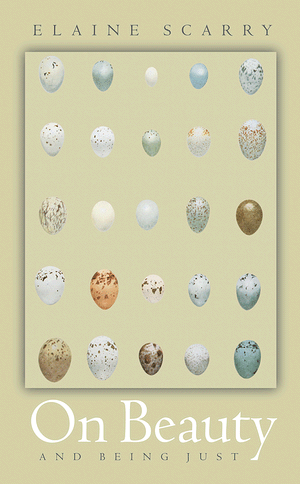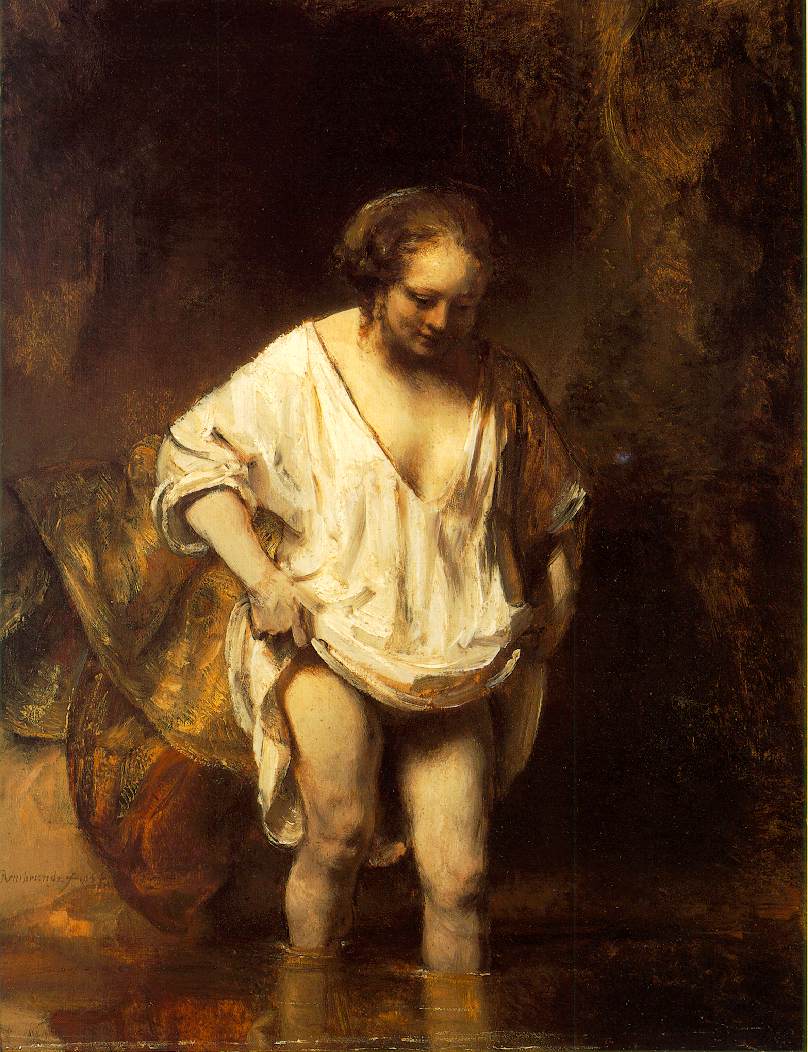Adaptation: In Three Forms

( Spike Jonze's 2002 film about adapting a novel into a Hollywood screenplay. )


 Tory Leader Michael Howard Stands Down (The House Magazine/The Parliamentary Weekly, December 2005) |
 Australian Poll Points To Howard's End (March 20, 2007): The 11-year-old conservative government of Prime Minister John Howard could be swept from power in the biggest landslide in 30 years at a general election expected in November. |







